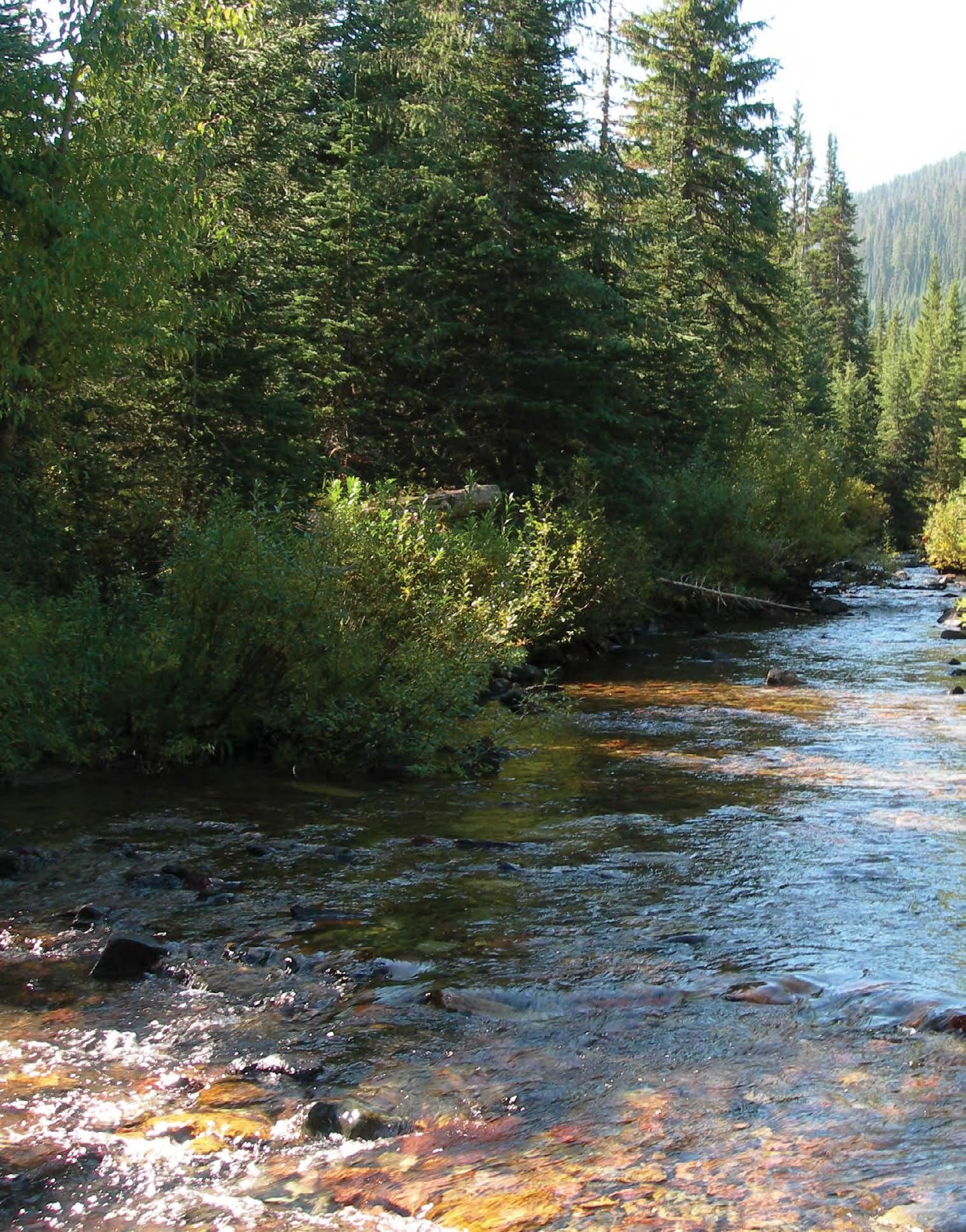
3 minute read
A sHell of a Mystery
by: Paige Kuczmarski
photos: provided by Alberta Environment & Parks
The evidence is clear: next to habitat loss, invasive species are the largest threat to biodiversity worldwide. Multiple non-native organisms have been brought to Alberta. It's a problem because non-native species harm our environment, economy, and human health as they become established outside their natural range. Alberta is on the lookout for 52 of the most unwanted (prohibited) species, listed in the Fisheries (Alberta) Act. However, this particular case is specific to one species that we had yet to encounter in the province: the infamous Chinese mystery snail (Cipangopaludina chinensis).
Snail Stakeout
It was a cold and cloudy afternoon at Lake McGregor. A few unsuspecting students from the University of Alberta were casually strolling along the shoreline, when suddenly they stopped dead in their tracks. Hundreds of unusual shells were scattered along the waterline in front of them. “This cannot be,” thought the students, but alas, the crime scene spoke for itself. The students collected a shell as evidence for their professor to consider, which was then further investigated by Alberta Environment and Parks biologists. Before anyone fell into a vicious spiral, a task team rapidly assembled.
The team determined that the shell belonged to the prohibited and invasive Chinese mystery snail. The clues didn’t entirely add up—how did the shells get there? How long have they been there? Who is responsible for such an incident? It was a mystery! It warranted a snail stakeout.
To catch a criminal in the act, identification is crucial. Luckily, this snail is not the most inconspicuous of Alberta’s invasive snail suspects: they possess a large, globular shell that can reach up to six centimeters. Furthermore, distinct sutures and fine growth lines on a brown to olive-coloured shell help when picking out this mysterious mollusc from a lineup. Chinese mystery snails can be found buried in soft mucky or sandy substrates of freshwater lakes, streams, and rivers. This snail can tolerate less-thanideal conditions and survive out of water for up to four weeks due to the protection provided by its operculum or “trap door”—this ability alone warrants concern for its spread to additional locations by hitching a ride on unsuspecting watercraft.

After proving the identity of the suspect, our detectives built a full case and determined this snail was guilty on all accounts. Guilty of giving birth to fully developed juvenile snails. Guilty of impacting the growth and abundance of native snail species by stealing habitat and resources. Guilty of affecting water intake pipes and other submerged equipment by leaving behind multiple large shells that clog and stop water flow. And if those charges weren’t enough to put this criminal behind bars, then this surely would: Chinese mystery snails, although edible and often sold in food markets, often carry parasites that can impact human health.
So, the scene was set, the charges laid; our detectives had enough evidence to conclude that Lake McGregor harboured invasive Chinese mystery snails. The problem now is how to stop this nefarious creature from spreading. Could there be more accomplices of these slimy characters in other Alberta lakes? How far has this criminal spread across our province?
Alberta investigators are on the case and will continue monitoring the situation, but we need your help with our investigation to make sure they aren’t hiding anywhere else! Sleuthing leads investigators to believe that the Chinese mystery snail has been on the run since 2016.
Be aware: the suspects, although unarmed, are considered dangerous… to ecosystems!

Charges:
- Gives birth to fully developed juvenile snails
- Impacts the growth and abundance of native snail species by stealing habitat and resources
- Affects water intake pipes and other submerged equipment by leaving behind multiple large shells that clog and stop water flow
- Carries parasites that can impact human health
REMEMBER!
Avoid Snail Mail: Always report your aquatic invasive species findings through EDDMapS Alberta (online or via the smartphone app), directly through email at aep.ais@gov.ab.ca, or by phone: 1-855-336-BOAT (2628).
Don’t be SHELL-fish: Don’t let it loose—never release live animals, plants, or aquarium water into the environment. It’s criminal!
Take a look and take it SLOW: Always Clean, Drain, Dry your gear before moving between waterbodies.






